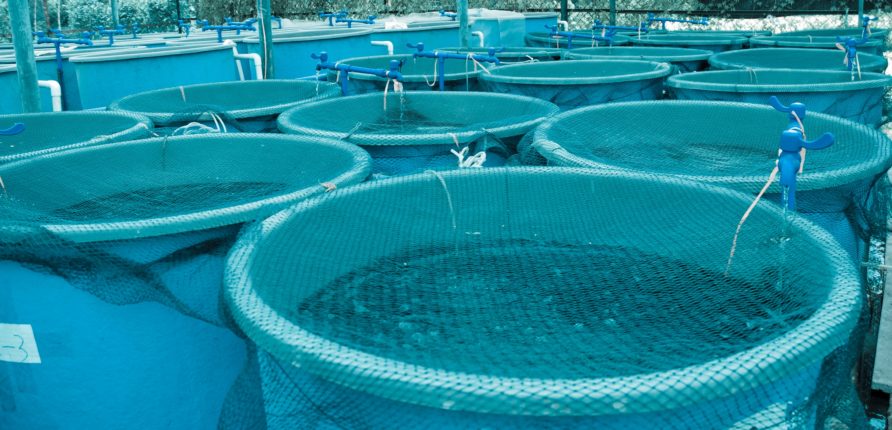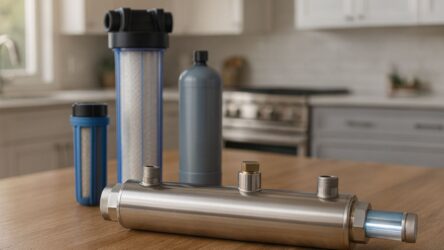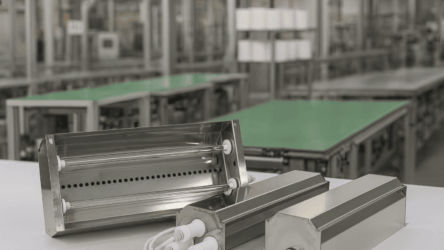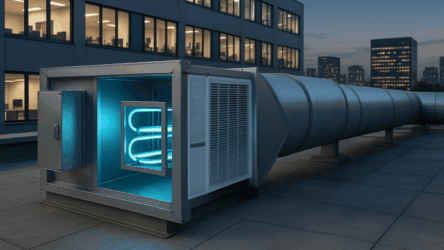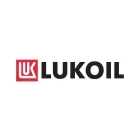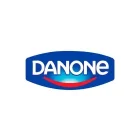In order to raise fish artificially - both at home and on an industrial scale - it is difficult to do without a proper closed-loop water supply (CLWS). The main issue that needs to be addressed is the prevention of fish diseases through water treatment. In this article we will compare the two most popular methods of water disinfection.
Why you need decontamination in fish farming
To begin with, disinfecting water to the required level is one of the most important conditions for successful aquaculture development. Since water is a breeding ground for harmful microorganisms and pathogenic bacteria, its composition must be monitored regularly. Decontamination has a very important function in an aquaculture system:
- neutralizes all kinds of microorganisms;
- improves water quality (transparency, odor);
- contributes to improved productivity and efficiency of the fish farm.
- Today, the main methods of water disinfection in fish farms are the use of ultraviolet light or ozone.
Specifics of ultraviolet application for closed loop water supply devices
The ultraviolet disinfector treats water after all stages of purification. The bactericidal effect is based on the action of mercury (amalgam) UV lamps with radiation at a wavelength of 254 Nm. Treatment in this way destroys the DNA and RNA chains of microorganisms, preventing their further reproduction. In order for UV water disinfection in the UZV was effective, it is necessary to take into account the factors affecting the quality of the bactericidal effect, such as: the turbidity of the water, the required level of treatment, the regularity of maintenance of the installation and many others. In turbid water, the effectiveness of ultraviolet light is greatly reduced, because the rays can not penetrate through solid particles, hence the need for a multiple increase in irradiation dose, which leads to additional costs. For disinfection, flow-through or submersible UV water units are used. Submersible modules are used in tanks, reservoirs, swimming pools. Here an important condition is the constant contact of water with the source of ultraviolet radiation, as disinfection occurs in close proximity to the lamp. Therefore, in order to treat the entire volume of water, it is necessary to organize its continuous circulation near the ultraviolet lamp for fish farm. This is not the case with a flow-through installation. Inside there is a lamp in a protective housing and spigots for water inlet and outlet. Thus, the liquid passing in this enclosed space is completely disinfected.
Peculiarities of ozone application
Ozone, unlike ultraviolet light, is a gas that is a strong oxidizing agent, its action is destructive to organics, and it is just the right gas to deal with pathogenic microflora in an aquaculture aquarium. Ozonation can effectively purify water to even high levels of contamination, leading to higher aquaculture planting densities and increased productivity while maintaining production. Ozone application in aquaculture requires oxygen, which is added in different ways: oxygen concentrator, liquid oxygen. Oxygen then reacts with ozone, resulting in active oxidative processes that are detrimental to organics. The unreacted ozone must be removed from the water, as it can harm living organisms.
The main disadvantage of ozone is that it is difficult to determine the optimum dose that will be sufficient for effective disinfection, but unreacted excess ozone will not harm aquaculture and personnel. The following factors must also be taken into account: the volume of water in the system, the level of organic contamination, water chemistry, the ozone delivery mode, fish density and feeding mode.
Now let's compare the above two disinfection methods and identify their pros and cons.
Comparison of two methods of water purification (advantages and disadvantages)
Benefits of ultraviolet light:
● UV disinfection is a reagent-free and safe method of water purification;
● UV sterilizers are easy to install and operate;
● when used correctly, it neutralizes up to 99% of pathogenic microorganisms;
● does not change the chemical composition of water;
● relatively inexpensive to maintain.
Disadvantages:
● if the power of UV lamps is incorrectly selected, the quality of water disinfection decreases;
● requires high-quality pre-treatment, as it does not work well in turbid water;
● requires constant monitoring and preventive maintenance of the equipment.
Benefits of ozone:
■ perfectly clarifies the water, improves its quality and makes it transparent;
■ ozonation efficiency can always be monitored, as you can control the amount of ozone added;
■ has a destructive effect on almost all bacteria and viruses;
■ requires no transportation and storage costs, it is generated directly in the plant;
■ during ozonization, no foreign substances get into the water (ozone decomposes in water after 20-30 minutes), during decomposition it turns into oxygen;
■ has a rapid action.
Disadvantages:
■ danger: improper dosing of ozone can harm both fish and humans;
■ special ozone-resistant materials (polyethylene, stainless steel) must be used when using ozone;
■ ozonation is a more expensive method of disinfection compared to ultraviolet light.
Ozone + ultraviolet combination
Above we have detailed two of the most effective methods of water disinfection in the UZV and these methods work well together. Each of them has its own nuances and, if you take into account all the pros and cons of these technologies, they work well in combination. Here's how it works. Ozone is added to the water to increase its clarity and pre-disinfection, and UV is used as the main source of disinfection. Thus, ozone improves the performance of UV light, which in turn eliminates the side effects of ozone as it burns off the unreacted residue in the water.
Aquaculture requires special attention to the disinfection of the water used, as it directly affects the productivity of the fish farm and ultimately the profit. Therefore, the issue of disinfection should be taken seriously and do not skimp on equipment. We hope that our article will help you in this regard.

